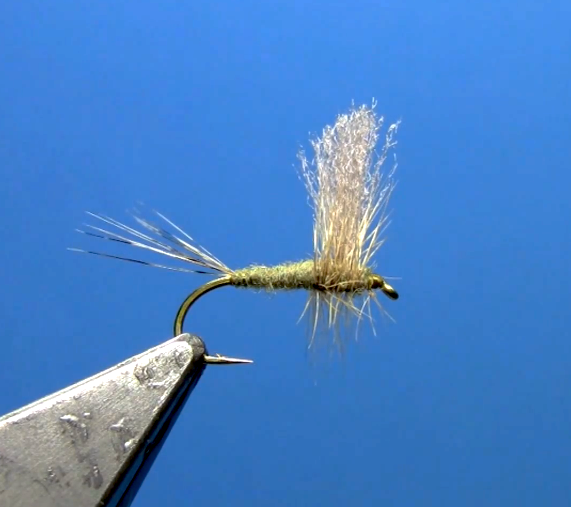Dry FliesHenry's Fork Caddis
The Henry's Fork Caddis fly is a highly effective caddis pattern that is often used on Western rivers such as the Henry's Fork in Idaho. It imitates an adult caddisfly, floating lightly on the water's surface, and is a great choice for selective trout.
Spring, Summer, Fall
Intermediate
Trout

Overview
The Henry's Fork Caddis is a versatile dry fly pattern known for its realistic profile and buoyant design, making it ideal for fishing rougher water like the Henry's Fork River. It's commonly tied in a variety of sizes and body colors—olive, tan, or gray—to match different species of caddisflies, with some tiers opting for synthetic wings or added flash to increase visibility in low light.
Pattern Characteristics
Materials
Hook: Tiemco 100, size #12-#16
Thread: Black Veevus 14/0
Body: Natural deer hair, spun and clipped
Wing: Elk or deer hair
Hackle: Grizzly saddle hackle
Fishing Tips
Season
Ideal for the warmer months when caddisflies are most active.
Presentation
Cast upstream and let the fly drift naturally with the current.
When to Use
Use it in the evenings, when caddisflies are most likely to hatch.
Water Type
Effective on both stillwaters and rivers.
Rigging Suggestions
Use a standard dry fly setup, with a light tippet to prevent spooking the fish.
Visibility & Floatation
This fly floats well due to its deer hair body and hackle. Its silhouette is easily visible against the water's surface, especially in low light conditions.





